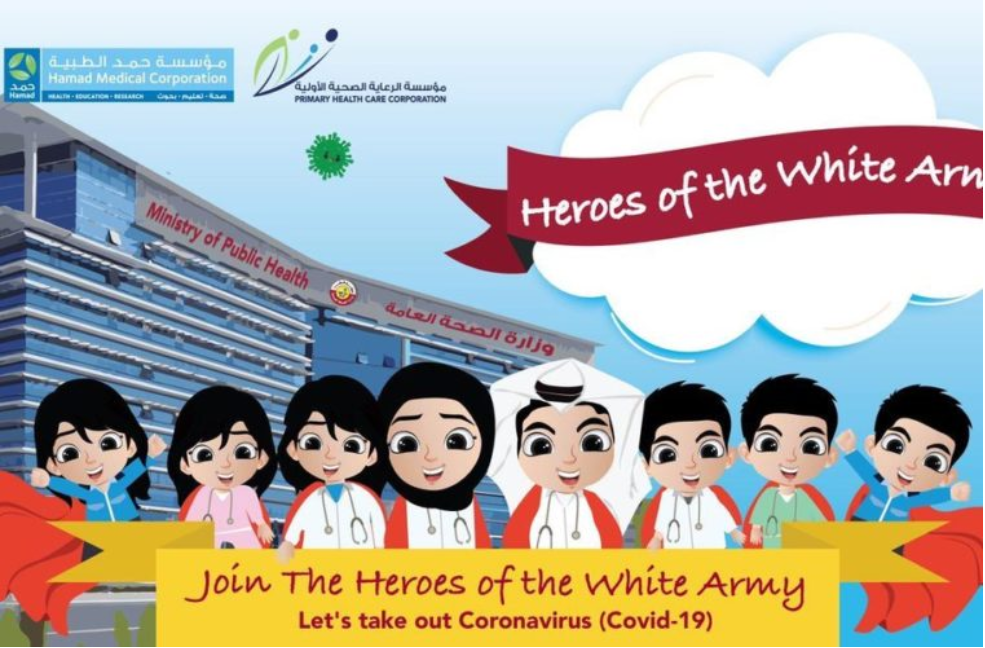Report card distribution used to be a dramatic activity at our high school. Students would either cheer in happiness or get upset with their teachers. They rarely reflected on how they had earned their grades or on how they could improve.
Adding to this fairly typical challenge, we are a high school for newcomer English language learners (ELLs), so for many students our grading system is foreign.
We decided to do a project aimed at building metacognition to help students see the link between their actions and their grades and to foster a growth mindset toward learning.
REPORT CARD ASSEMBLIES THAT INSPIRE
The team came up with the idea of report card assemblies to transform report card distribution into an inspiring event focused on self-reflection. Administrators, counselors, and teachers attend and facilitate the assemblies, which we organize by grade level. This allows us to build a sense of class camaraderie: “Good morning, Class of 2021! Look around—these are the people you’ll graduate with in four years.”
In our presentation, we put careful thought into our messaging about grades. One issue was that some students were satisfied with barely passing, yet completely demoralized by failing. We reframed grades as Honors (90–100 percent), Passing (75–89 percent), and Borderline (65–74 percent), and changed Failing (below 65 percent) to Not Passing Yet.
Before our first assembly, we primed our teachers by having them watch Carol Dweck’s TED talk “The Power of Yet” and coached them to use that language in their classrooms.
We now explicitly teach students what it means to self-reflect, and coach them to identify how their actions led to their current grades. We model for them how they can talk to teachers about their grades calmly, rather than with frustration, in order to understand those grades better.
We also highlight students who have made improvements. For example, we might say, “In the first marking period, Jennifer earned a 65 percent in English. She started revising her work based on feedback, and her writing became more organized. She raised her grade to an 85 percent!”
After the presentation, the students work on a report card reflection activity using their own report cards. This involves sorting their grades into the four categories of Honors, Passing, Borderline, and Not Passing Yet, and then comparing their grades to the previous marking period.
Next students reflect on what they did to earn their most improved grade: “What is one grade you improved? How did you improve it?” They also reflect on grades that declined: “What was a grade that went down? Why?”
Students then set a goal to improve their lowest grade in one class and write out two actions they’ll take to meet that goal. To support our ELLs with the language of reflection, we provide sentence frames and a bank of exemplar responses.
Counselors meet with any students who need support completing the reflections or creating more specific goals. The report card reflections are then mailed home along with the actual report cards so that parents can read them.
CLASSROOM REFLECTIONS INSTEAD OF ASSEMBLIES
We have found that a whole-grade assembly works best for our school’s goal of creating a class identity. However, report card reflection would also be an ideal classroom activity, particularly for schools that have advisories.
On one occasion when we did this activity in class, we distributed a normed PowerPoint presentation so that the message of growth mindset was clear across classes. One benefit of doing the reflections in a smaller setting is that the teacher can monitor the quality of reflections more closely.
IMPROVED GRADES, IMPROVED MINDSETS
Since we implemented the report card assemblies, grades and learning have improved. The grade reporting system in New York City measures grades above 65 percent and grades above 80 percent. The year we implemented report card reflections, the number of students earning grades above 80 percent in English increased by 15 percent, while the number of students earning grades above 80 percent in math improved by 12 percent. The percentage of ninth graders earning 10 or more credits in a year increased from 82 percent the previous year to 97 percent. And the number of students meeting college-readiness requirements on New York State math and English exams more than doubled.
Our report card reflections have evolved to include post-secondary planning, in which students compare their grades and GPAs with college benchmarks and learn how their transcripts relate to college acceptance.
Using Not Passing Yet instead of Failing has also made an impact. In teacher-team meetings, we’ve started to hear teachers say, “Joshua is not participating in group work—yet,” and, “Our ninth graders are not organizing their time well—yet.” The yet then naturally leads to “How do we help our students get there?”
The greatest benefit of the assemblies is evident in our students’ mindsets. Most students are no longer satisfied with merely passing and are taking pride in improvement. Best of all, more students see their grades as a reflection of their learning and effort, rather than as a random number given to them by a teacher.






Leave A Comment
You must be logged in to post a comment.